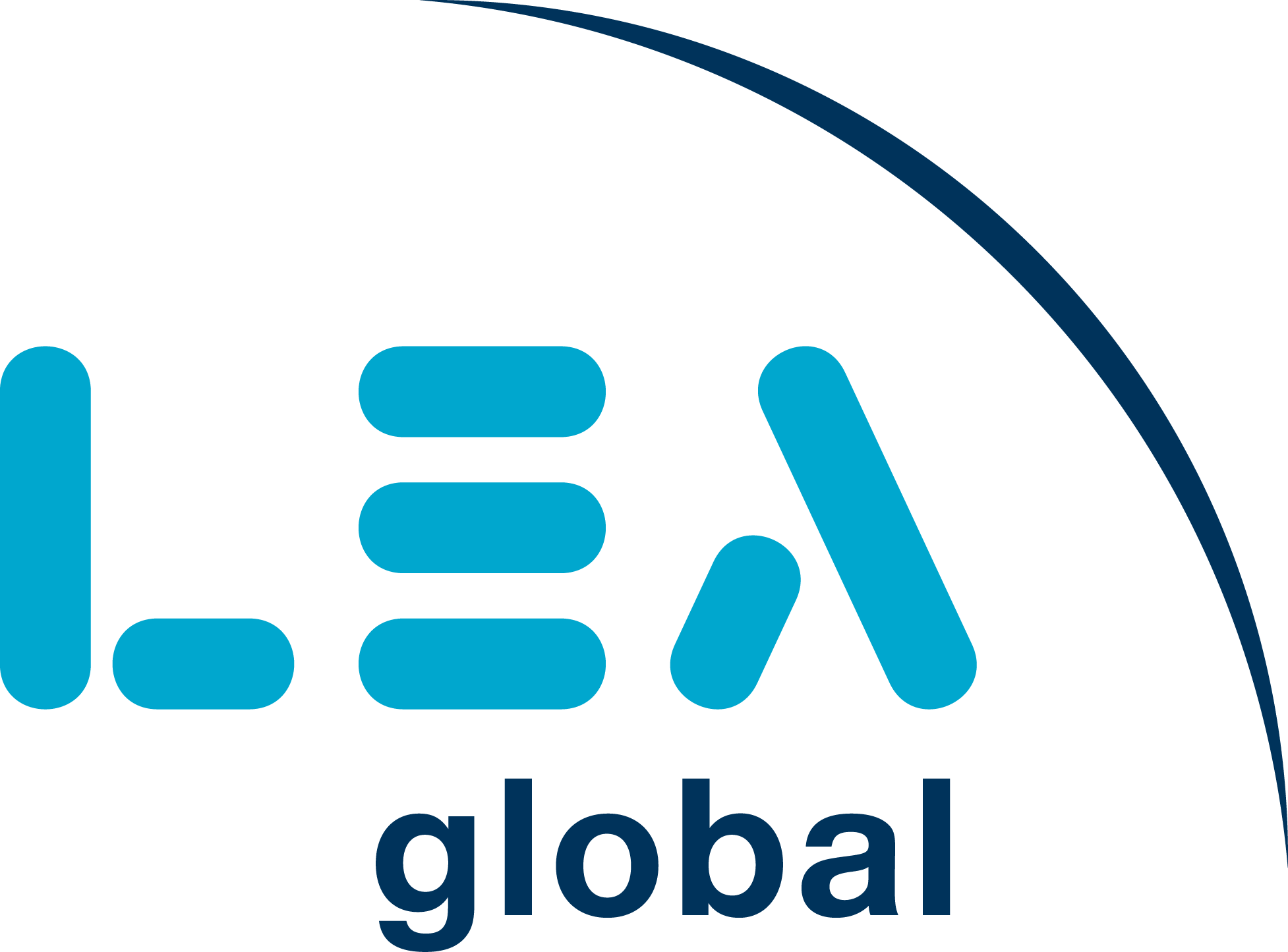Does Having a Remote Workforce Impact Business Value?
Among the many seismic changes that the COVID pandemic has caused in society is the link between labor and location has been dramatically weakened. And there is no consensus on where we will ultimately land. For every Elon Musk demanding that people “stop pretending to work” and come into an office, there is another company that not only sees remote work as feasible, but even preferable to location-specific work.
And employees are having their say, especially in a sub 4% unemployment environment. Some employees need an office to be fully productive, others have had their potential unleashed with remote work.
Remote Workforce and Business Value
At some point, the conversation around worker location is going to involve business value. I’ve been thinking about this quite a bit of late. There is no quantitative rigor on this question and there won’t be for years. We simply haven’t had time to collect the data or even properly conceive of what such data might look like. But the question is going to come up well before the data will be available as people buy and sell businesses with remote, on-site and hybrid work forces.
And so, absent data, we’re left with conceptualizing a framework to consider value so that, even though the tools to quantify the architecture of a workforce aren’t available yet, we can at least think about the question in a structured way so that when you are pricing a business for purchase or sale, there is good decision-making behind it.
The Value of a Workforce
Let’s go back to why a workforce offers value. The value of a workforce arises from:
- Productivity – The workforce’s ability to produce value that the business’s customers will pay for (and this includes overhead personnel – they provide key services that enable frontline employees to deliver their value.)
- Continuity – The workforce’s connection to the company – that the labor force can be reasonably counted on to be available tomorrow at the same level of productivity as today.
Productivity drives value because it defines the capacity to produce value timely to customers’ needs and the economic efficiency (the cost) by which such value is produced. Productivity ought to be relatively observable (if you can’t measure your employees’ productivity, there are deeper problems demanding immediate attention.) Competently run companies know whether they are receiving expected production from their employees.
Continuity drives value as it linked to the risk of the business’s capacity to continue to produce value after a change in control. Continuity is somewhat harder to measure. While one could measure continuity as turnover, turnover is a lagging indicator. As is becoming increasingly well-known, employees tend to quit long before they announce their resignation. And employee retention after a change in control is very difficult to understand.
Does Remote Work Impact Workforce Continuity?
Where the question of workforce location/architecture enters the discussion is the extent to which it impacts workforce continuity. Most thinking we have seen on this seems to revolve around culture, connectedness, and concentration.
Culture is a set of normalized behaviors that enable employees and other stakeholders to anticipate behavior within the organization, good or bad. While many executives claim you can’t have a culture with a remote workforce, there are many technology companies that would disagree. Culture helps define the productivity and riskiness of the workforce.
Connectedness is the nonfinancial connection that employees have to an organization. It’s a sense of belonging that turns (many, not all) employees from constant free agent mercenaries into reliable assets that are willing to continue to contribute to the company even when things don’t always go their way or there is uncertainty in the company (some call this ‘loyalty’) and even if they are offered more money to work elsewhere. Someday, labor economists might measure connectedness as the price another employer would have to pay to convince a worker to change from their current employer to the new one (when the current employer is ‘toxic’ that price may well be zero or negative.)
Concentration is the ability to apply one’s mental faculties without distraction. Few people will disagree that more concentration is better than less, but there is wide disagreement as to whether working in the office helps or hurts concentration, and it may be a function of the prior two facets.
Workforce Distribution’s Impact on Productivity
Until there is some empirical clarity on how workforce distribution impacts productivity and continuity, it is likely that the impact on company pricing will be idiosyncratic and, ultimately, dependent on buyer preferences and ideologies. For example, buyers who are committed to a centralized workforce will probably either pay a premium for a company with a similarly structured workforce or will discount what they are willing to pay for a company with a distributed workforce.
Ultimately, the value equation of company workforce distribution is not an equation at all and comes down to the very hard to measure effects of the behaviors and preferences of human beings. At some point, artificial intelligence will have its say but in the meantime, this is likely a quantitative value challenge that is best addressed with qualitative analysis.
